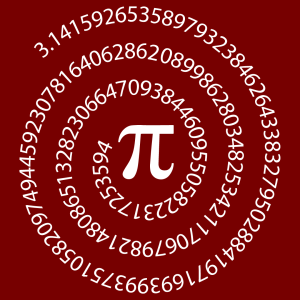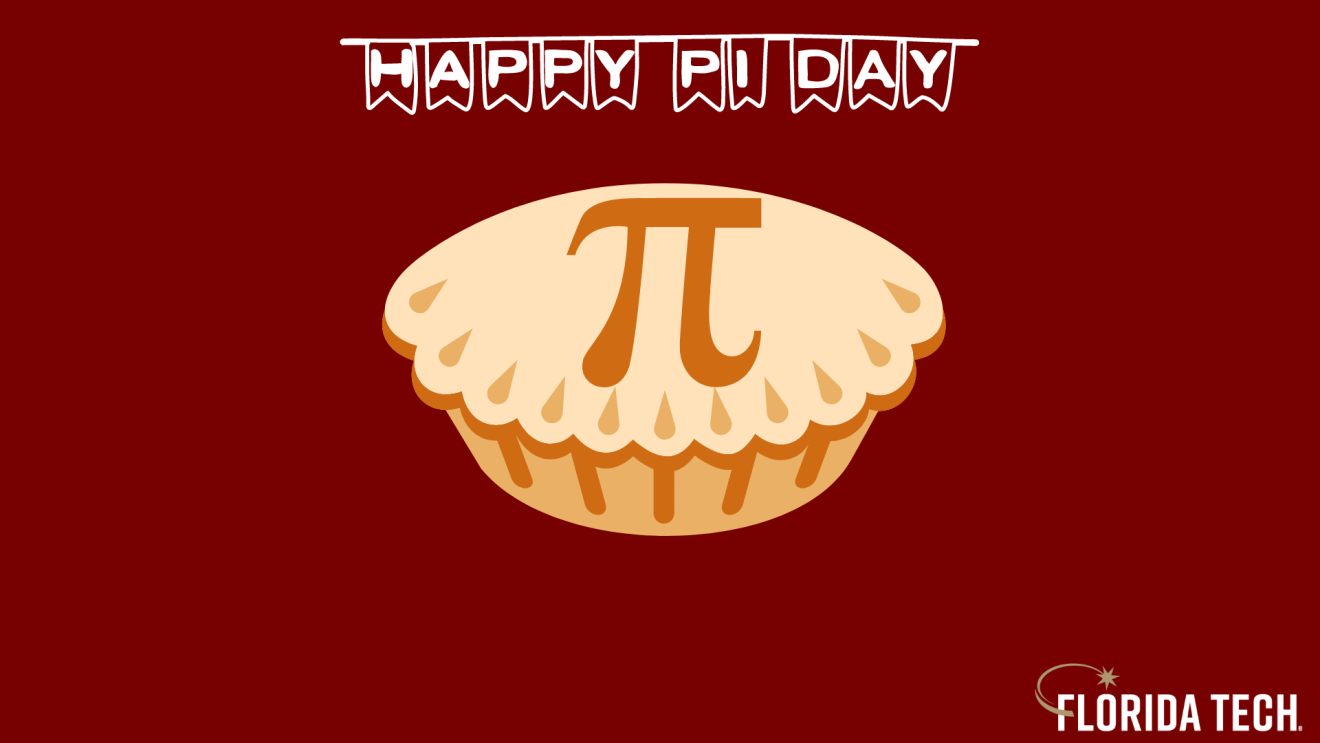A Celebration of Pi

Happy Pi Day! While pie comes in many varieties—peach, apple, pumpkin, rhubarb—and is a tasty treat, today celebrates the mathematical ratio 3.14. It doesn’t just stop there, though. So far, 100 trillion digits of pi have been computed, and the world record for memorizing pi is 70,000 digits. In honor of the day, we talked with College of Engineering and Science assistant professor Stanley Snelson about the history of pi, its practical applications and how it is used at Florida Tech.
- What is pi?
- Pi is the ratio of a circle’s circumference to its diameter. People have been thinking about this number since before recorded history, and many ancient civilizations wrote down their own approximations of the value of pi. When calculus was invented in the 1600s, it provided new methods to calculate pi much more accurately than before, and in the 20th century, computers allowed us to further improve this accuracy by many orders of magnitude.
- What is pi used for?
- Pi appears every time you work with circles, spheres, cylinders or any other object with rotational symmetry. It also appears in some formulas you might not expect, like the area under a bell curve, the frequency of a pendulum and Maxwell’s equations of electromagnetism, to name a few.
- Why is pi important?
- Besides appearing in many useful formulas in science and engineering, pi has some fascinating mathematical properties. Many people know that pi is irrational—it can’t be expressed as a fraction of whole numbers. In fact, pi is also transcendental, which implies it cannot be derived from whole numbers with any of our usual arithmetic operations (sums, products, roots, etc.). Even today, there are some difficult unsolved questions about pi, like whether its digits are random or not.
- Are there practical applications for pi?
- Pi is sitting under the surface of many everyday tasks. For example, when you use the GPS app on your phone to get directions, that technology involves precise calculations about spherical geometry, and these require knowing the value of pi with good accuracy.
- Are there any Florida Tech examples for pi in action?
- Florida Tech has always been involved with space exploration, and pi appears often in space science—for example, in calculating the area swept out by planets, moons and man-made satellites in elliptical orbit.
- What is your favorite number/mathematical equation?
- I’ve spent a good chunk of my career working with the Boltzmann equation, which is a differential equation that describes the particle statistics of a gas. It was first written down in the 1870s, but some fundamental mathematical questions about it remain unsolved to this day.
- How are you planning to celebrate Pi Day?
- My mother-in-law usually sends me a pie. Hoping for apple this year!






